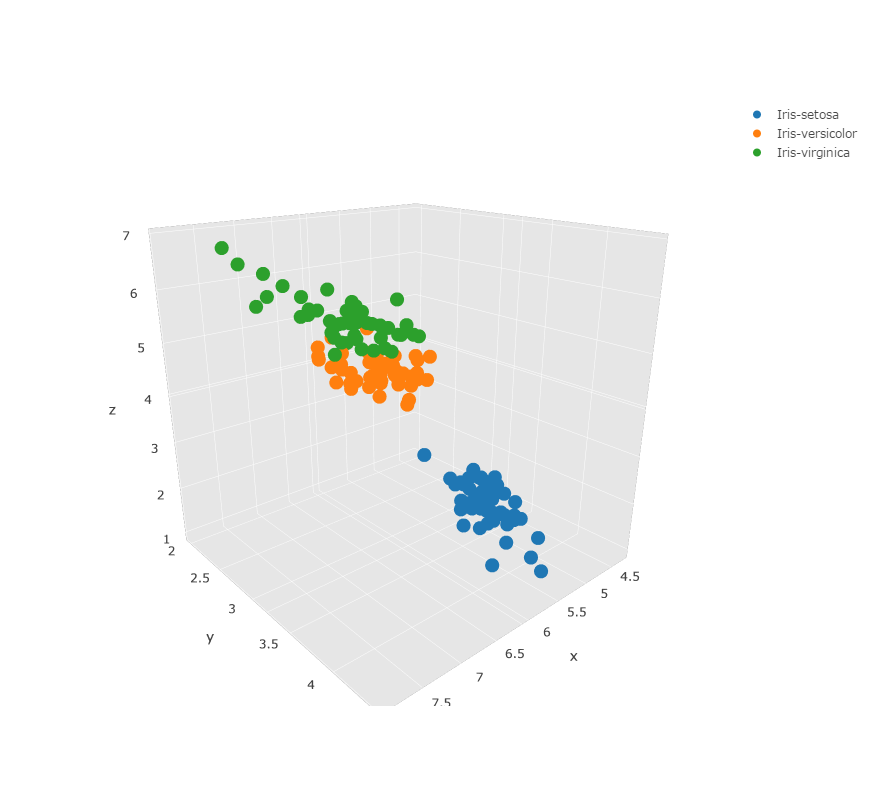

The easiest is to have a single column in your data containing the X values for all of your data series, and then have a separate column for the Y values of each individual data series.
#EXCEL 3D SCATTER PLOT SERIES#
In Excel, creating a scatter plot with multiple data series can be done several ways. For instance, our participants are assigned to three different offices worldwide (United States, Canada, and Japan) what if we wanted to color our data markers to represent that person’s location? Let’s assume we wanted to subdivide this data series into multiple series. Each participant’s length of employment is plotted on the horizontal axis, and their total of above-average monthly ratings is on the vertical axis. In the scatter plot we’ve just created, there is only one data series, consisting of our entire cadre of pilot program participants.
#EXCEL 3D SCATTER PLOT HOW TO#
How to create a scatter plot with multiple series From here, we can continue to make modifications and refinements to our graph. Now we have a nicely-formatted, single-series scatter plot that uses an identical black circle as a marker for each of our unique data points. The following table shows our pilot program graduates, the number of months they’ve been with the organization, and how many months their performance has been rated “above average.” Each month, they and all the analysts in the organization have their performance rated as below-average, average, or above-average in comparison to their peers across our three global locations. We currently have 20 individuals who have completed the program. All other junior hires would continue to receive the on-the-job, course-based and ad-hoc learning experience that we have traditionally provided.
#EXCEL 3D SCATTER PLOT FULL#
We launched a small, competitive pilot program that would start new employees with a full year of dedicated and comprehensive training. Learn how to add contextual elements to our view (like averages, quadrant lines, and trendlines) Īdd data labels to all, or just a few, points in our graph andĬreate custom labels using other fields in our dataset.įour years ago, our organization wanted to find a way to make newly-hired junior analysts more successful and effective. Modify that graph to show multiple data series in one scatter plot We’ll use a small dataset to:Ĭreate a simple scatter plot with a single data series In this article we’ll walk through the steps of creating a scatter plot in Microsoft Excel. There, we explore some of the basics of scatter plots via an example, share tips for designing them more effectively, and discuss common variations (bubble charts, connected scatter plots, and more). If you’re unfamiliar with scatter plots, their common use cases, or their benefits and drawbacks in a range of scenarios, check out the what is a scatter plot? article in our SWD Chart Guide. We see them in business communications from time to time, although they’re much more commonly used in the “exploration” part of the process-when we’re still trying to understand our data and find the important insights.


Scatter plots are excellent charts for showing a relationship between two numerical variables across a number of unique observations.


 0 kommentar(er)
0 kommentar(er)
